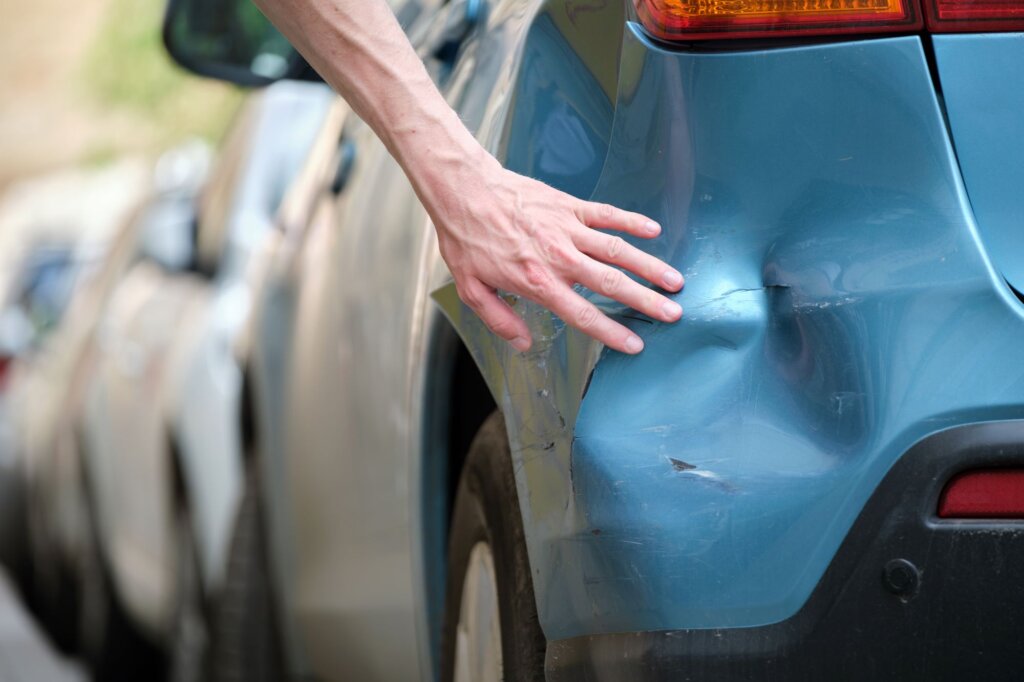No one expects to be involved in a car crash, but accidents happen. Even minor collisions like fender benders can be stressful and full of adrenaline. Knowing what to do can help you stay calm, confirm everyone’s safety, and protect yourself legally and financially.
Step 1: Check for Injuries
Before worrying about your car, put safety first. Take time to check in with yourself, your passengers, and anyone else involved for injuries. Even if an injury seems minor, call 911 if someone is hurt—as some injuries may not immediately be apparent. Responding quickly and having medical help on the way can prevent further harm.
Step 2: Document the Scene and Contact Emergency Services
If it is safe to do so, use your phone’s camera to take photos of the damage, license plates, and the overall accident scene before moving your cars—including road conditions, weather, and nearby signs. These images can be crucial for insurance claims or disputes about what happened. If there are witnesses, ask for their contact information in case their account is needed later. If you don’t need emergency services but still need officials on the scene, call the non-emergency line for your area.

Step 3: Move to a Safe Area
If the vehicles are drivable, move them to the side of the road to prevent traffic hazards or additional accidents. Turn on your hazard lights to alert other drivers, especially in busy or low-visibility areas. You can also take additional photos of any damage after moving your cars.
If the cars can’t be moved, get yourself and your passengers out of the road to safety and wait for emergency services to arrive.
Step 4: Exchange Information
Make sure you exchange contact and insurance information with the other driver(s) that were involved in the accident. Get their name(s), phone number(s), insurance policy details, and license plate number(s). Avoid discussing fault or apologizing for the accident, as this can complicate insurance proceedings.
Step 5: Contact Your Insurance Company
Notify your insurance provider as soon as possible, even if the accident and/or damage seems minor. Provide them with the details of the accident, photos, and any other information you’ve gathered. They’ll guide you on the next steps, such as scheduling repairs or working with an insurance adjuster.
Step 6: Follow Up
In the following weeks, stay in contact with your insurance company and repair shop to make sure the claim and repairs are proceeding smoothly. Keep track of any paperwork (including repair estimates, medical bills, and receipts), for your records.
Being prepared and knowing how to handle a minor accident can make a stressful situation much easier. By prioritizing safety first, documenting the scene, and working with your insurance provider, you can protect yourself and get back on the road quickly. For added peace of mind, review your auto insurance policy regularly to ensure it meets your needs.
This article is meant for informational purposes only and is not meant as professional legal advice.
